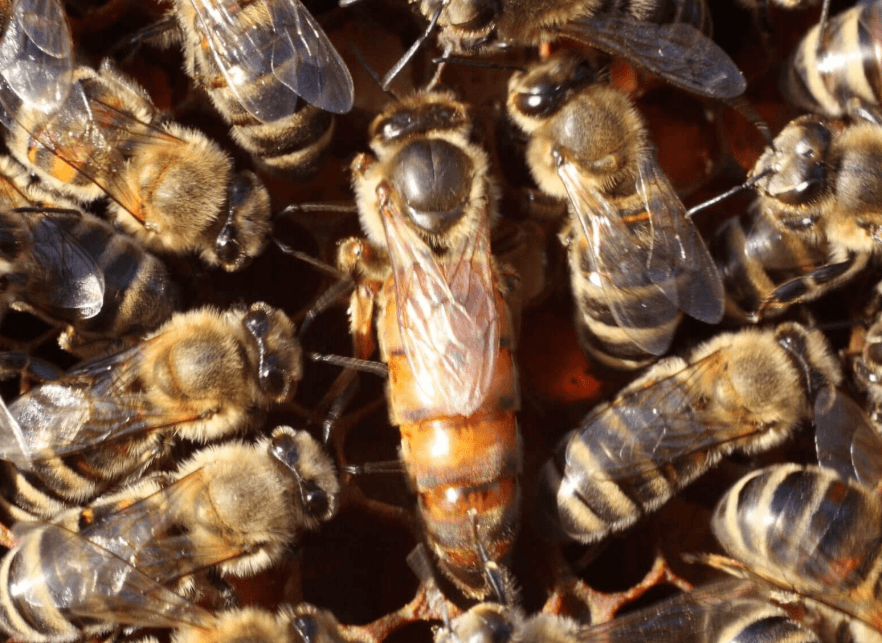
The queen bee is the most important member of a honeybee colony. She is responsible for laying all the eggs that will become the next generation of bees, and she plays a crucial role in regulating the colony’s behavior and organization. In this article, we’ll cover everything you need to know about queen bees, including their anatomy, behavior, and how they are raised.
Anatomy of the Queen Bee
The queen bee is the largest bee in the colony, typically measuring around 20-25 mm in length. She has a long, slender abdomen and is usually distinguished from other bees by her longer wings and smaller head. The queen bee also has specialized reproductive organs that allow her to lay eggs, including a larger ovary and spermatheca, which stores sperm for future use.
Behavior of the Queen Bee
The queen bee‘s primary role is to lay eggs, but she also plays a critical role in regulating the behavior of the colony. For example, she releases pheromones that communicate information about the health of the colony, the availability of food, and the presence of predators. These pheromones also help to keep the other bees in the colony calm and well-organized.
Raising Queen Bees
Queen bees are typically raised in specialized hives or queen rearing boxes, where they are fed a special diet and kept in separate chambers away from the rest of the colony. Beekeepers will often select a larva from a colony with desirable traits, such as good genetics, docility, and productivity, and move it to the queen rearing box. The larva is then fed a special diet of royal jelly, a nutrient-rich substance secreted by nurse bees, that promotes its growth and development. After a period of time, the larva will spin a cocoon and metamorphose into an adult queen bee.
Replacing Queen Bees
Queen bees have a limited lifespan, typically living for 2-3 years. After this time, the colony will need to replace the queen to ensure the continued production of new bees. Beekeepers will often introduce a new queen bee to the colony by placing her in a special cage that allows the bees to become accustomed to her pheromones before releasing her into the hive. This helps to reduce the risk of the bees rejecting the new queen.
In conclusion, the queen bee is a vital member of the honeybee colony, responsible for laying all the eggs that will become the next generation of bees and regulating the behavior of the colony. Beekeepers can raise queen bees by selecting desirable larvae and feeding them a special diet of royal jelly. By understanding the anatomy and behavior of the queen bee, beekeepers can help to maintain healthy and productive colonies.
